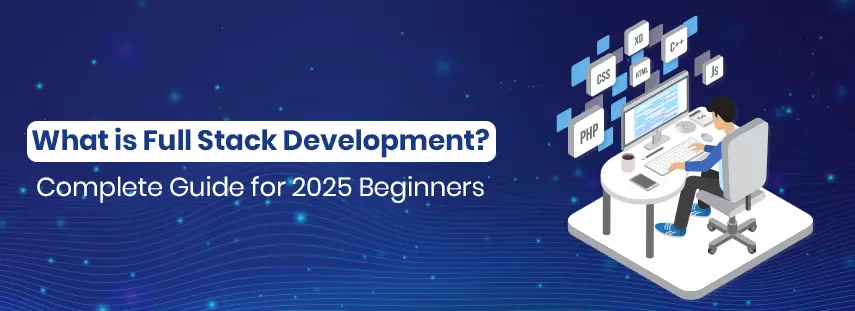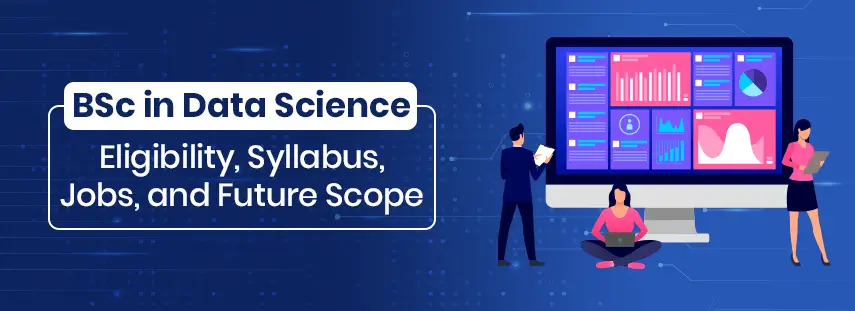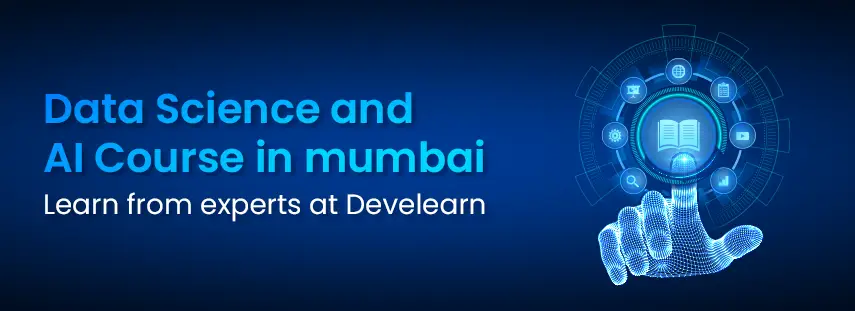Join As Students, Leave As Professionals.
Develearn is the best institute in Mumbai, a perfect place to upgrade your skills and get yourself to the next level. Enroll now, grow with us and get hired.

Free From Google: Generative AI Learning Path
In this blog, we demystify the fascinating realm of Generative AI, offering you a unique opportunity to harness the power of artificial intelligence without any cost. Whether you're a seasoned developer or a curious beginner, this learning path is designed to equip you with the knowledge and skills needed to thrive in the rapidly evolving world of AI.
Generative AI
DataScience
Artificial Intelligence
Education
Develearn
4 minutes
October 6, 2023
Introduction
Artificial intelligence (AI) has taken center stage in today’s technology world, altering how we interact with devices and data. Generative AI, which focuses on producing fresh material, data, or even human-like language via the use of various algorithms and models, is one of the most fascinating and quickly developing topics within AI. As a leader in AI research and development, Google has made a substantial contribution to the development of generative AI. There are many more possibilities for creating a strong generative AI learning path, nevertheless, for individuals who want to research this area without relying entirely on Google’s resources.

The Fundamentals of Understanding Generative AI
Let’s quickly review what generative AI comprises before moving on to the learning route. In generative AI, models are trained to produce new material that is comparable to the data already available. This might entail producing texts, music, photos, or even films. The usage of neural networks, particularly a variety known as “Generative Adversarial Networks” (GANs) and “Recurrent Neural Networks” (RNNs), is one of the most well-known methods for generative AI.
Choosing the Learning Path: Without Google
Even while Google’s AI resources are helpful, it’s important to look outside the box and consider other options. Here is a free learning route provided by Google that takes you step-by-step through generative AI:
Foundations of AI and Machine Learning: Make sure you have a firm grasp of AI and machine learning fundamentals before diving into generative AI. Introductional courses that address the essential ideas are available on websites like Coursera, edX, and Khan Academy.
An Overview of Generative : AI Start with generative AI lessons and free materials available on websites like Fast.ai and Kaggle. To aid in your understanding of the fundamental ideas, these platforms provide examples and hands-on experience.
Investigating GANs: In the field of generative AI, Generative Adversarial Networks (GANs) are at the cutting edge. For in-depth study of GANs and its applications, deep-learning.ai “GANs Specialization” on Coursera is a fantastic resource.
Recurrent Neural Networks (RNNs) are frequently employed for text creation tasks. Text creation using RNNs. Text creation with RNNs is the subject of several tutorials on websites like Towards Data Science and Medium. Additionally, have a look at Udacity’s “Natural Language Processing” course.
Creative Coding with OpenFrameworks: Learn creative coding with tools like OpenFrameworks to explore generative art and interactive installations. By using these tools, you may write code to produce interactive experiences and works of visual art.
Music and Audio production: Platforms like GitHub provide repositories with open-source code for producing music using AI models if you’re interested in music production.
Participate in generative art and AI communities on websites like Reddit, Stack Overflow, and specialist forums. Your learning process may be accelerated by participating in conversations, sharing your work, and asking for advice.
Reading Research Papers: As you advance, think about reading papers from conferences like NeurIPS, ICML, and ICLR. These articles shed light on the most recent developments in generative AI.
Developing Your Portfolio: Use what you’ve learned by working on your own projects. Having a portfolio shows potential partners or employers your abilities, whether you’re creating art, music, or prose.
Collaboration and Hackathons: Take part in collaborative initiatives, AI contests, and hackathons. You may put your talents to use and pick up new ones at generative AI hackathons hosted by websites like Devpost and GitHub.
The Road to Innovation and Creativity
Creative and innovative possibilities are made possible by generative AI. Although Google provides many useful information, avoiding reliance on a single source helps improve your learning. You’ll get a comprehensive grasp of generative AI and its enormous potential by following this learning route and investigating a wide range of platforms, communities, and resources. Keep in mind that learning generative AI is a continuous effort because the area is always changing. If you embrace creativity, curiosity, and ongoing learning, you’ll be well on your way to mastering generative AI.




